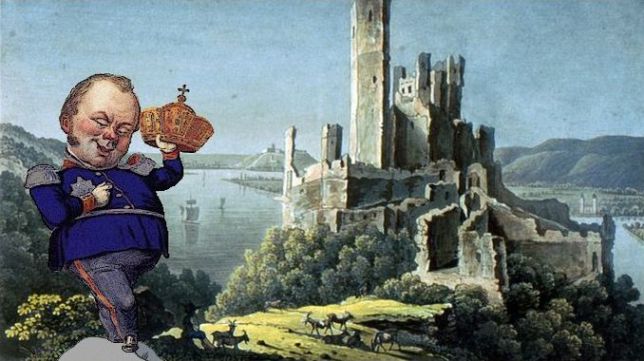
Prussian Rhineland
After the Congress of Vienna, the Rhinelanders became Prussian Rhineland citizens, subjects of the Prussian kings and emperors in Berlin. The Prussians on the Rhine? What business did they have here?

After the Congress of Vienna, the Rhinelanders became Prussian Rhineland citizens, subjects of the Prussian kings and emperors in Berlin. The Prussians on the Rhine? What business did they have here?
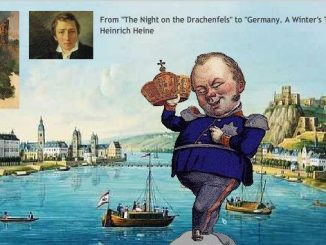
The Rhineland around 1815. After the Congress of Vienna, our region was part of the Prussian Rhine Province within the Kingdom of Prussia under Frederick William III (1797-1840).
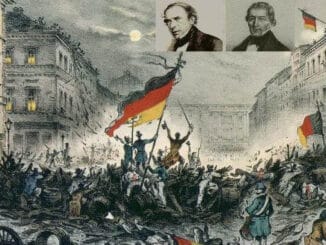
Germany, 1848, the year of the Revolution of 1848/49. The news about the February Revolution in France had spread quickly. Already in the first days of March, people throughout Germany had taken the streets, waving black-red-golden flags, demanding unity, freedom of the press, freedom of assembly and the right to form armed militias.
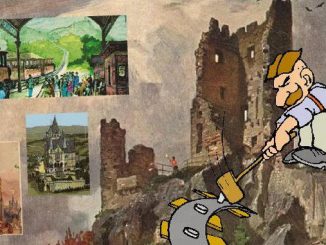
For almost 30 years, named Bismarck Era after him, the “Iron Chancellor” Otto von Bismarck he and his Emperor William I decided about Prussia’s and Germany’s fate. Among all the Prussian and then German politicians, he stands out. He raised Prussia to a position of hegemony among the German-speaking countries.
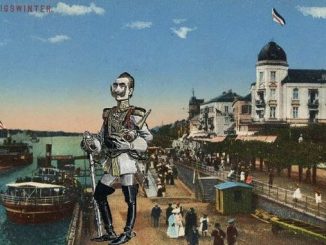
Germany around 1900, named Wilhelmine Era after Kaiser Wilhelm II. For many people, life was good. It was the time of impressionist and expressionist painting, historicism and eclecticism in architecture, and, turning away from old styles, art nouveau. In the “Belle Époque” people enjoyed their lives – at least those who could afford it.
Copyright © 2024 | MH Magazine WordPress Theme by MH Themes